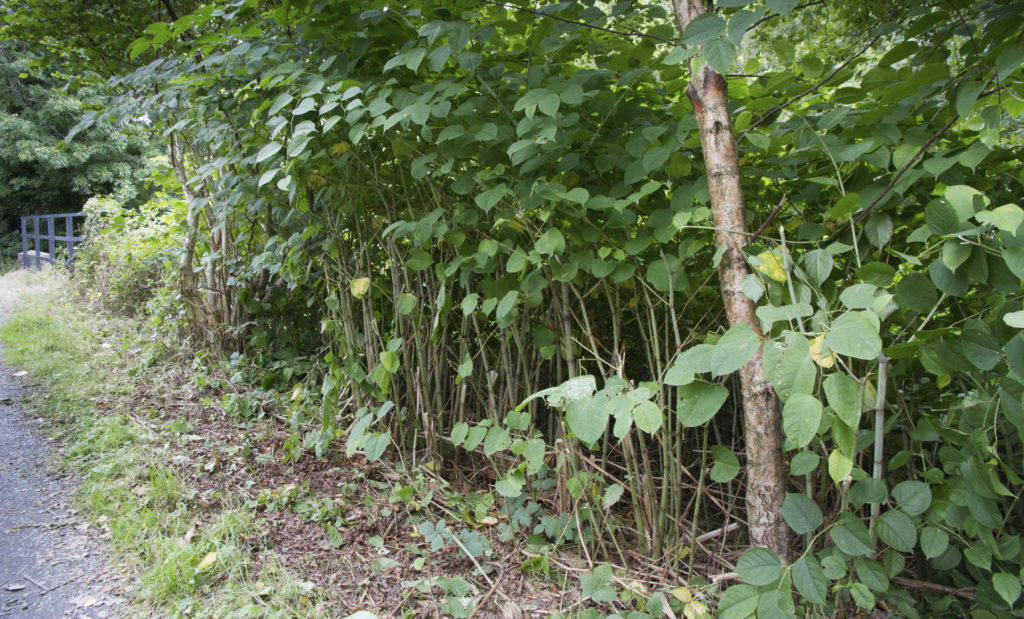
What is Japanese knotweed?
Most of us have read the horror stories in the press about the spread of Japanese knotweed across the UK. But what is it and how did it get here?
Fallopia japonica (Japanese knotweed) was first introduced to the UK by the Victorians as a decorative plant. It is now recognised as an Invasive Non-native Species (INNS) due to the problems it causes for landowners with its rapid growth and the significant costs associated with its removal.
INNS are problematic because they can:
(1) cause physical damage to buildings and land;
(2) be expensive and time-consuming to treat and dispose of;
(3) damage biodiversity by outcompeting native species of plants and animals; and
(4) result in both criminal and civil liabilities for owners, occupiers and persons who handle them.
Help! Knotweed from a neighbour’s land has spread to mine
If your property is affected by Japanese knotweed spreading from a neighbour’s land, you can take action. Failure to take reasonable measures to control the spread of the plant onto third party land may attract a claim for nuisance for:
(1) damages for loss of enjoyment of the property (diminution in value);
(2) the costs of removal/treatment; and
(3) an injunction to protect re-infestation.
The latest position
In the recent case of Smith and another v Line, the Truro County Court granted the claimants a mandatory injunction requiring the defendant to enter into and conclude a five-year Japanese knotweed management contract with a supplier to ensure its eradication.
Mr and Mrs Smith, the claimants, bought their property from the defendant, Mrs Line, who retained a parcel of adjoining land. In 2003, the claimants became aware of Japanese knotweed on their property that had spread from the defendant’s land. Despite repeated requests over the years, the defendant failed to address the infestation on her land. The court concluded that the knotweed on Ms Line’s land interfered with the claimants’ enjoyment of their land.
On the 3 July 2018 the Court of Appeal provided further guidance on the issues in its decision in Network Rail Infrastructure Ltd v Williams and another. The case concerned the owners of two semi-detached bungalows in South Wales. The bungalows abutted a railway embankment and access path, owned by the defendant, Network Rail, which had been infested with knotweed for 50 years and had persistently spread to the claimants’ land.
The court decided that knotweed can be an actionable nuisance before it causes physical damage to neighbouring land and granted damages to the claimants. This differs to the previous approach by the court in that it was only minded to award damages once it had been established that knotweed had encroached onto neighbouring land. To avoid a potential claim from a third party landowner, it’s imperative that landowners look to control the spread of knotweed on the property.
If you discover Japanese knotweed on your land it is always a good idea to seek professional advice as to what steps can be taken to minimise the spread of the plant and reduce the damage it may cause.
If you need assistance in dealing with any potential or existing civil liability relating to Japanese knotweed or other INNS, please contact Ben Jones on 01872 265100 or email drt@stephens-scown.co.uk for an informal discussion. Ben is a partner in our dispute resolution team.
